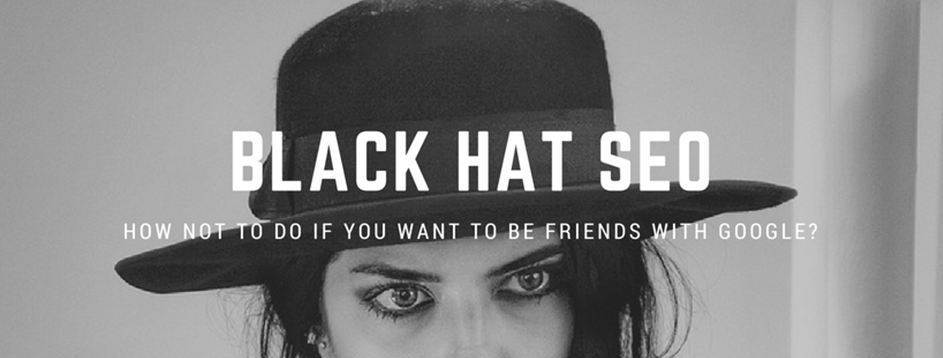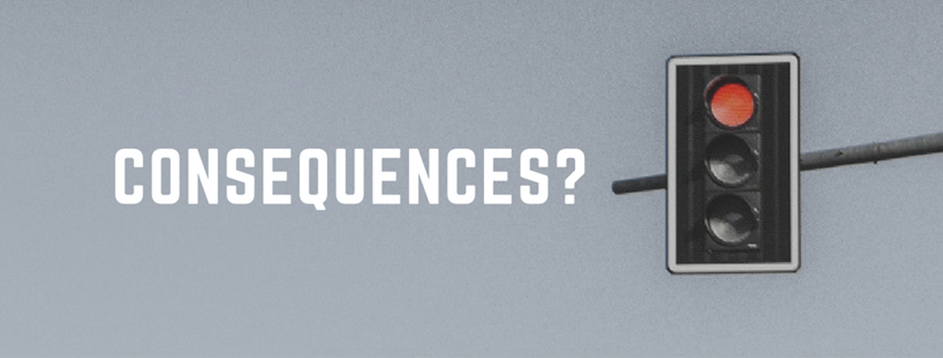5 tips on how NOT to do SEO
2018.12.06

In SEO, like in all areas of life and business, there are certain rules, the breaking of which may result in a penalty. Of course, there are many people who are trying to circumvent the current standards, guided by the idea of a quick profit – but in this industry such activities are only harmful, and their use may result in punishing the website by Google and pushing it into the network abyss, where it will not be visible to users. How to avoid such a scenario? Here are some tips on how NOT to do SEO.
1. Hiding content on the site
The first of the main sins of SEO, which originated in ancient times, when Google was still young, is hiding content on the site. The people who then dealt with SEO entered the peaks of creativity and cunning, inventing more and more new ways to smuggle content stuffed with keywords, invisible to users, but more than visible to search engine bots. Publishing text in the same color as the page background, font size 0, hiding content under pictures – these are just some of the methods of making the site visually appealing to the user while stuffing it with low-quality content, created only for the algorithms of the search engine.

If you want to check if your website has any hidden text, e.g. in white on a white background, just press the CTRL + A key combination to highlight the content.
And how is it today? Google officially recognized hiding content on the site as unacceptable – and sites on which such activities were carried out may receive a penalty in the form of a filter. The site should not contain content that the user cannot see because it should be created for the user’s needs. Googlebots will easily detect activities such as hiding content using font or stuffing it under the pictures and can punish the site.
At the moment, the use of such methods of hiding content on the site is rare, but it happens – website owners should keep in mind to check their websites in this respect and remain “clean” in the eyes of Google.
2. Keyword stuffing
The second sin that comes from the old days, when filling the page with keywords could still bring good results in the website SEO. Keyword stuffing is stuffing as many phrases as possible in the content on the site, as well as in meta tags, which contain a brief description of the page. This is a type of action that is currently able to ensure a high position in Google ranking – but only for a while until the Google algorithms finally come after the site and push it to the farthest places in the search engine.
An example of keyword stuffing is:
In our online women’s footwear store, we offer women’s winter shoes, women’s ballerinas, women’s boots, women’s leather shoes, leather boots, as well as other products from the women’s footwear category. Our online store offers women’s shoes of the best quality!
Keyword stuffing is not allowed by Google, and by using it the site becomes unfriendly to the user. Content filled with keywords sounds artificial and is difficult to read, which is why it will not provide natural traffic on the site. Overstuffing the content and meta tags with keywords results in a poor assessment of the website’s value by Google – and may also result in penalties imposed by the search engine.
3. Strong Exact Match linking
Another thing that should not be used in SEO is the strong linking Exact Match linking. Exact Match is the name of sales anchors (anchor text is the content of links), which consist of keywords set for a given website. An example of the Exact Match anchor can be:
The winter women’s shoes we offer are available in many attractive designs.
Exact Match anchors are not all bad, but using them in excess can result in Googlebots’ considering our actions as attempts to manipulate the algorithm in order to gain a higher ranking in the search engine.
4. Over-optimizing the page
Website optimization is the most important process on the road to achieving a high position in Google rankings. Almost all websites are subjected to it – but, as it turns out, there is such thing as overdoing it. As was mentioned in the keyword stuffing section, too many keywords in the content, heading tags and meta tags, will be badly perceived by Google algorithms. Articles with unnaturally placed phrases, e.g.
Our cheap wedding dresses London salon is the right choice for every bride.
will not encourage users to stay on the site – they will scare them away and make them search for services on another website, built for clients, not for search engine bots.
5. Toxic linking
Yet another sin of website SEO. It also has a source in the very beginning of SEO, when the number of links coming to a given page ensured its high position in the search engine. Times, however, have changed, and with them the Google rules, which have been clarified regarding link building. Currently, the algorithms evaluate websites also in terms of the links they are associated with – so you should come up with a strategy to acquire only valuable links, coming from trusted, preferably large websites. Backlinks from spammy sites with very low-quality content can only worsen the situation of our site, which will be associated with them and, therefore, ranked as a spammy site as well.
Toxic linking, which does not comply with Google’s policies, is also Link Exchange Systems, consisting in the mass exchange of links between sites or the purchase of a large number of links to the site. For such activities, the website may be severely punished by Google.
Consequences?

For the use of SEO activities that do not comply with Google’s policies, we may, of course, face a penalty – if the search engine detects inappropriate activities carried out on the site in order to optimize it, the site may be punished with:
– a manual filter that can be obtained from a Google’s employee; information about getting a filter will be displayed in Google Webmaster Tools. The most common application of a filter to a website is related to toxic linking. What exactly does the filter consist of? It lowers the page position for selected keywords even by a few dozen places, which is a big blow for each website. The filter can last a month or even a year. It’s possible to remove it sooner, as long as the owner of the site undertakes actions to remove all elements that are toxic according to the search engine and sends in a request for an annulment.
– an algorithmic filter, which is imposed on the website by a Google algorithm when it detects non-compliant activities on it. The algorithms do not inform the user about the imposed filter or its causes. As with the manual filter, its effect is a significant position drop in the search engine for a limited time, and getting rid of it requires an audit on the site and removal of all non-compliant elements.
– ban, the largest possible punishment that Google can impose on a website. It consists of removing the page from the search engine index, which makes it no longer visible to web users. Ban is used relatively rarely, only for large offenses – such as duplicating content from other sites, hiding text on the site, creating a site that shows different content to users and different to Googlebots. Ban can be removed if the website owner takes appropriate actions to get rid of the elements not accepted by the search engine and sends in a request to remove the penalty, but it may take up to several months.


